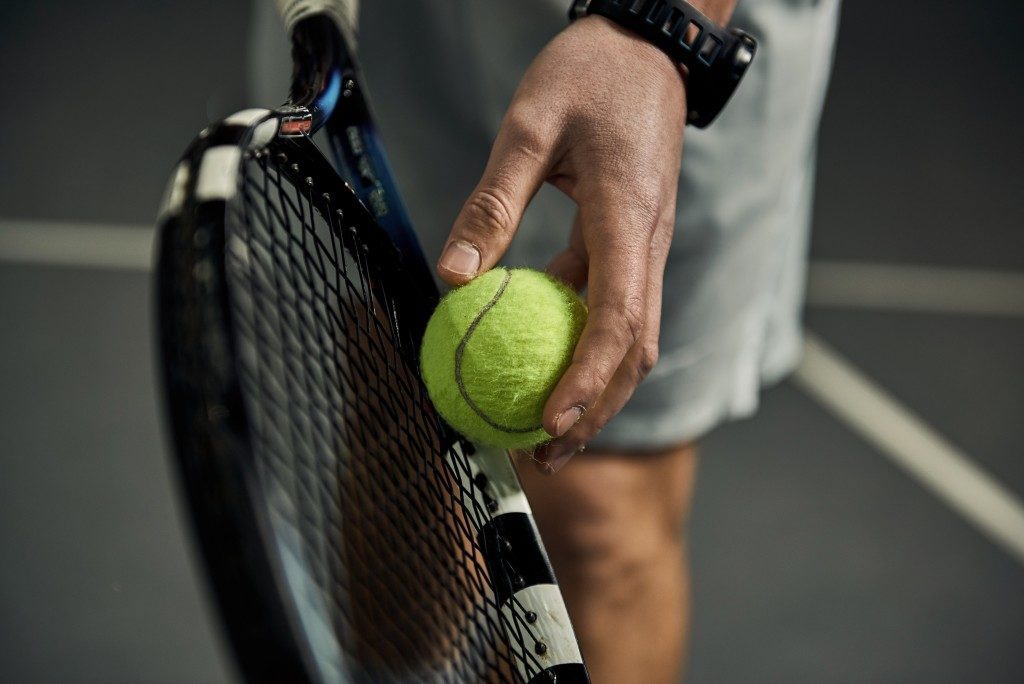As a general rule, sports evolve slowly. The emphasis for evolution is a constant improvement of the quality of the game, as well as the way the spectators enjoy it.
Sports is about an ideal where the professionals go beyond the capabilities of normal people. At the same time, regular amateurs find it enjoyable to be on the court and play, as well as to watch from the sidelines.
A Long Tennis Rally
Tennis is one sport where the playing courts are iconic. Amateurs and spectators understand that the grass at Wimbledon is different from the shell surface or tartan rubber surface at the clubhouse.
Knowing that the playing conditions are different, they can only applaud and appreciate the efforts of generations of players who have played at Wimbledon. They know that the quality of play is top-notch, but they may not realize why the games are played longer nowadays compared to the 1990s.
The laser radar gun readings of serves show that the game is as fast as ever. The players are as fast or even faster than they were before. The only thing that differs is the length of the rallies. This, in turn, stems from the higher bounce of the ball.

Higher Bounce
The higher bounce is the key to the longer rallies. There were two major changes that happened to the game. These were the quality of the balls and the surface grass. The new ball standards were introduced in 2002.
The balls are fast speed (Type 1), medium or standard speed (Type 2), and slow speed (Type 3). These balls are aimed at homogenizing the game. For fast surfaces, Type 3 or slow balls are used. For slow surfaces, Type 1 or faster balls are used.
One characteristic of the new balls is the way they bounce higher. With the old balls, players were motivated to attack the net because of the lower bounce. With higher bounce, the balls take longer to touch the ground and they also travel long distances. This gives players more time to return the balls. Players can also stay at the end zone and wait for the balls to get to the baseline rather than attack the net.
The ball bounce is also dependent on the court surface. The ball hits the surface and it bounces. On clay, the ball has a low bounce, with a significant amount of energy absorbed by the surface. On hard court, the ball bounces higher and faster. On grass, the ball is fast but bounces more unpredictably.
Players change their game to adjust. There are currently more business players than there were in the 1990s.
Tennis is a beautiful game where top-notch players can adjust and adapt their game depending on the court surface. Up until the turn of the millennium, surface specialists lorded it over their favorite court surfaces.
The same players no longer play that kind of game today. Nowadays, tennis players serve and have long rallies. The game is even better than before but the game has changed, and it is doubtful if it would revert any time soon.

